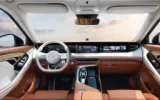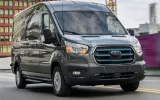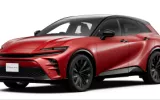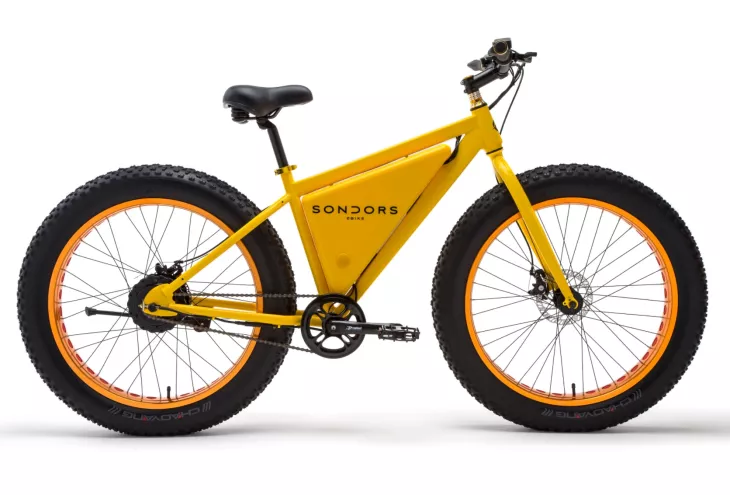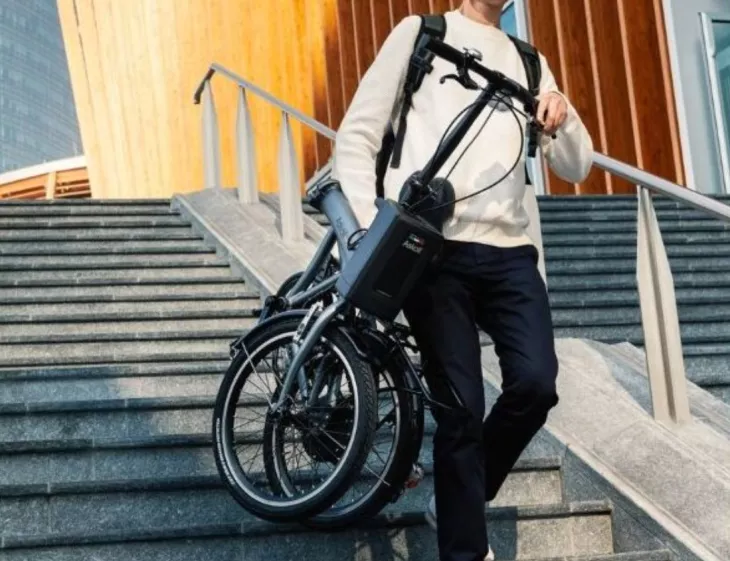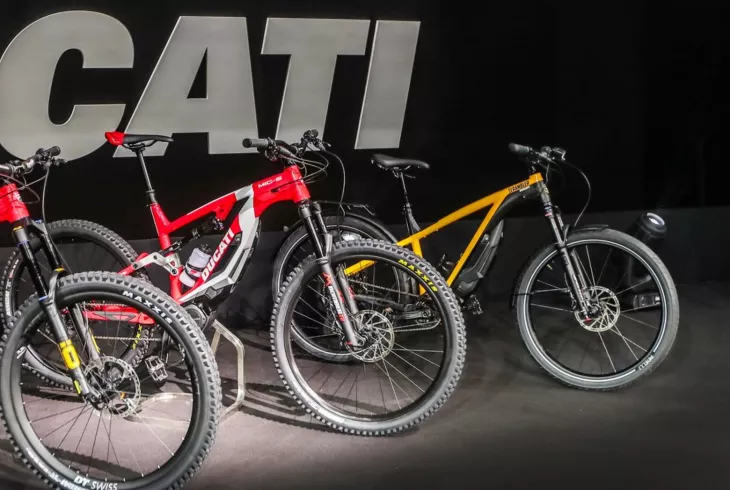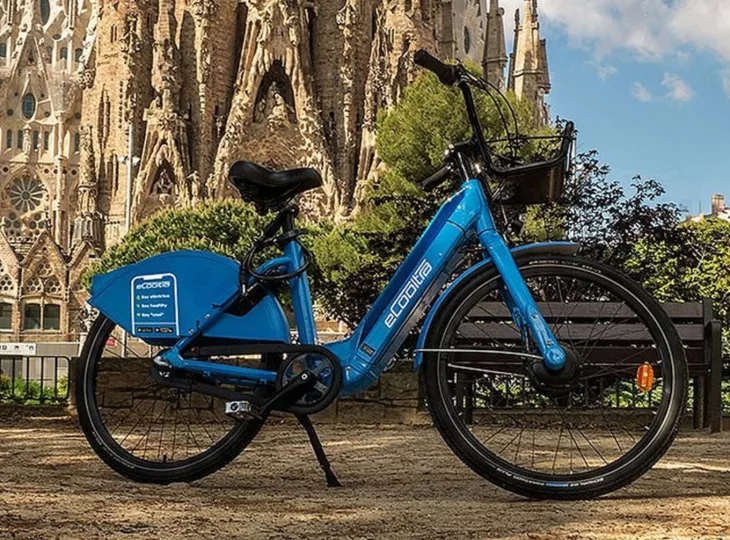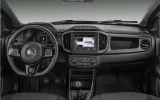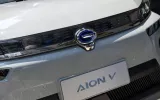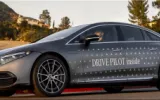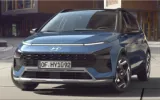Electric vehicles are currently very popular. In the European car market, but also in the bicycle trade - here and there there are sometimes very long delivery times because the demand is greater than the supply or availability. And two-thirds of people in Europe expect electric bikes to gain in importance in city traffic in the next five years, according to a recent representative survey by the Society for Consumer Research (GfK) on behalf of Bosch eBike Systems. No other mode of transport is currently experiencing such strong growth. And 16 per cent of those surveyed said they intended to buy their first e-bike in the coming year at the latest.
What is the appeal of bicycles with electric pedal assistance, e-bikes or pedelecs? E-bikes make it possible to make our everyday lives more active, healthier and more sustainable. At the same time, they are an important building block for tomorrow's mobility, as they provide answers to key social questions such as climate change or increasing urbanization.
In this respect, e-bikes are the perfect introduction to the new world of electromobility. It is not far from there to the electric car. In any case, both vehicle types are very similar in terms of engine technology.
The basis is an ordinary electric motor with a stator as the heart, a rotor and a commutator. The rotor is energized via the commutator and thus becomes an electromagnet. Since the stator is also magnetic and the same poles are known to repel each other, the rotor begins to turn when the same poles of the stator and rotor lie against one another. After half a turn, the commutator reverses the polarity of the rotor so that it continues to turn.
Various electric motors function according to this simple technical concept. E-bike drives are designed as three-phase brushless DC motors. In this form, the rotor is equipped with permanent magnets and the stator comprises a coil. The three-phase winding is controlled in such a way that a moving magnetic field is generated that pulls the rotor with it. This type of motor is also used in PC fans or e-cars, for example. So actually everything is known - but what makes the e-bike drive so popular right now?
The special thing is the human factor. In contrast to other e-drives, the e-motor is not the sole source of power on an e-bike. While you only have to operate the pedal with an electric car, with an e-bike the cyclist brings his leg strength with him. Sensor technology is therefore an essential part of the secret of success. It measures the human factor and adjusts the support accordingly.
With central or bottom bracket motors, as can now be found on over 90 per cent of electric bikes, the onboard electronics and various sensors control the interaction of speed, cadence (number of steps) and torque of the motor. This creates a driving experience that is optimally tailored to the needs of the e-bike rider.
In addition to the actual electric motor, a bottom bracket motor also uses a stepping torque sensor and a gearbox. This can be constructed as a planetary gear and is driven by the motor. The electric motor turns faster than the cyclist is pedalling. The gearbox adapts the high speed of the motor to the low speed of the wheel. These help to set the electric motor in motion so that it can start powerfully with a higher starting torque.
In addition to the sensors, which each manufacturer can define themselves, there are also differences in the technical equipment of electric drives. The Brose drive, for example, has a specially manufactured, reinforced toothed belt that transfers power from the motor to the chainring instead of toothed wheels. The main result is a particularly quiet and low-vibration drive. Another masterpiece is the in-house freewheel technology with two freewheels. Should the battery run empty on the tour or the e-biker want to forego support altogether, the motor and transmission are completely decoupled; this way, the e-bike rides like a normal bike even without electrical assistance.
Such peculiarities show that there is no such thing as an e-bike motor. Every engine is different from manufacturer to manufacturer. It starts with the construction: while mid-motors have a gearbox, a hub motor does not need one - and therefore also runs quietly and vibration-free. The drives are also located directly on the front or rear wheel hub, so the housing is part of the wheel. The result: the electric motor rotates with you when you drive.
With hub motors, however, the problem of overheating occurred for a long time, especially on long uphill sections, which led to problems such as a sudden shutdown while driving. Hub motors still have the advantage of energy recovery. When driving downhill, a motor brake feeds energy back into the battery. That increases the range.

